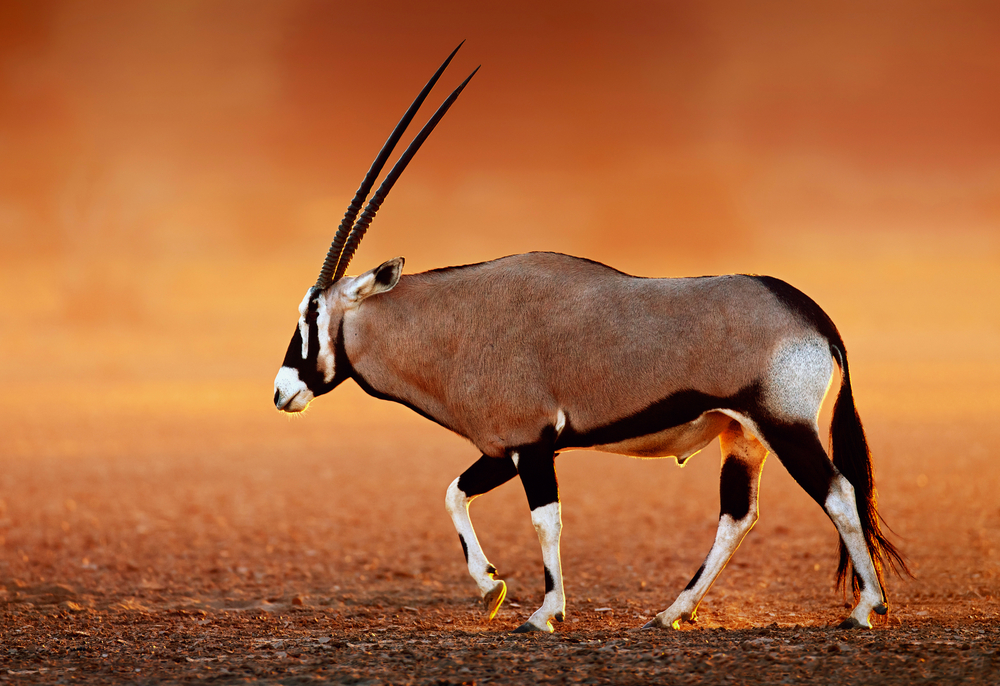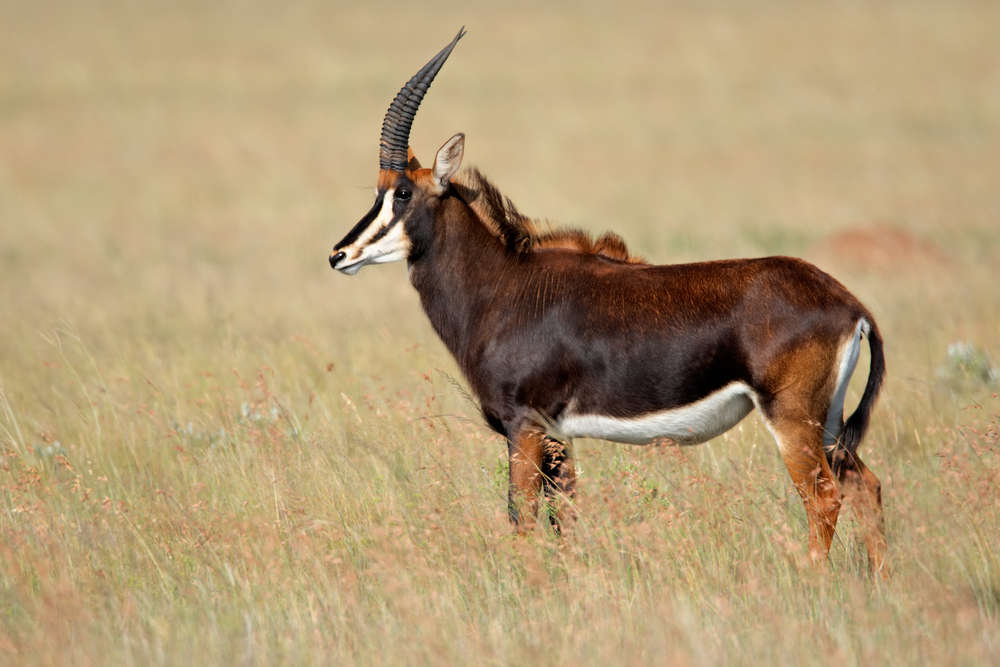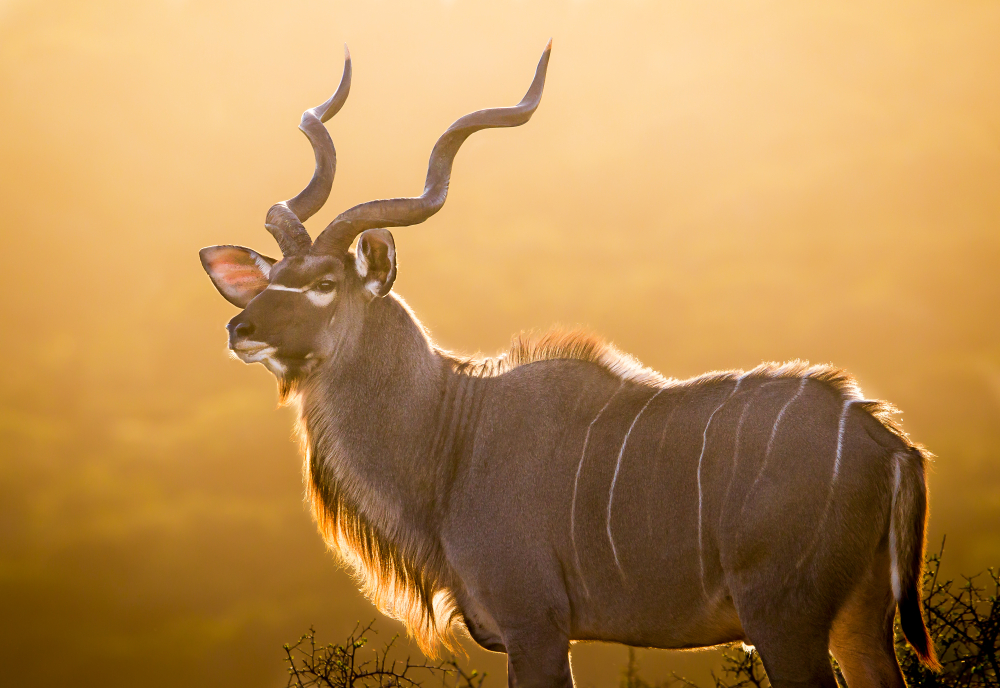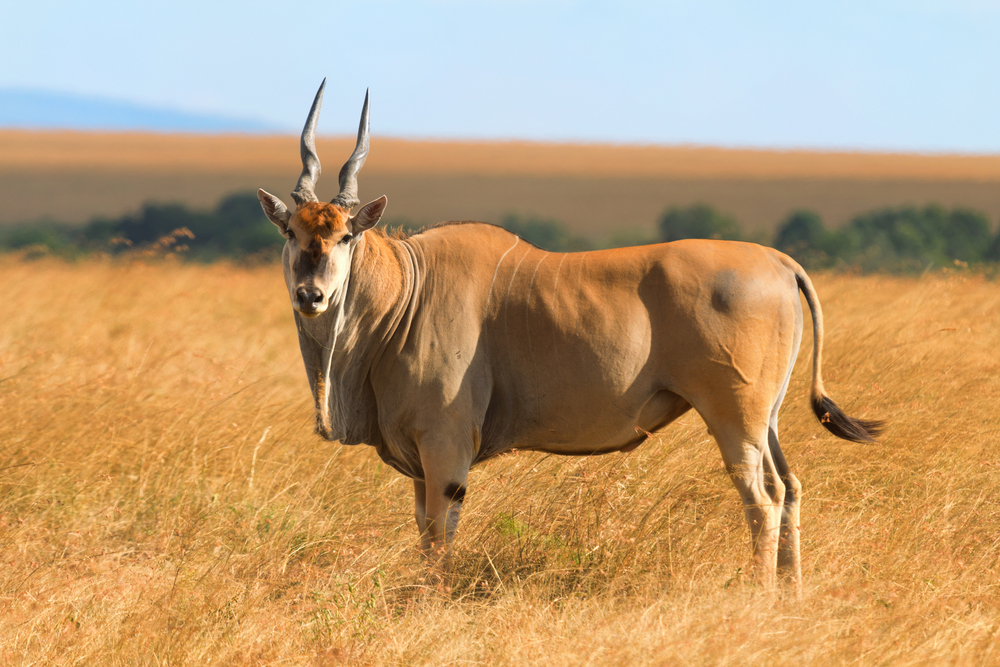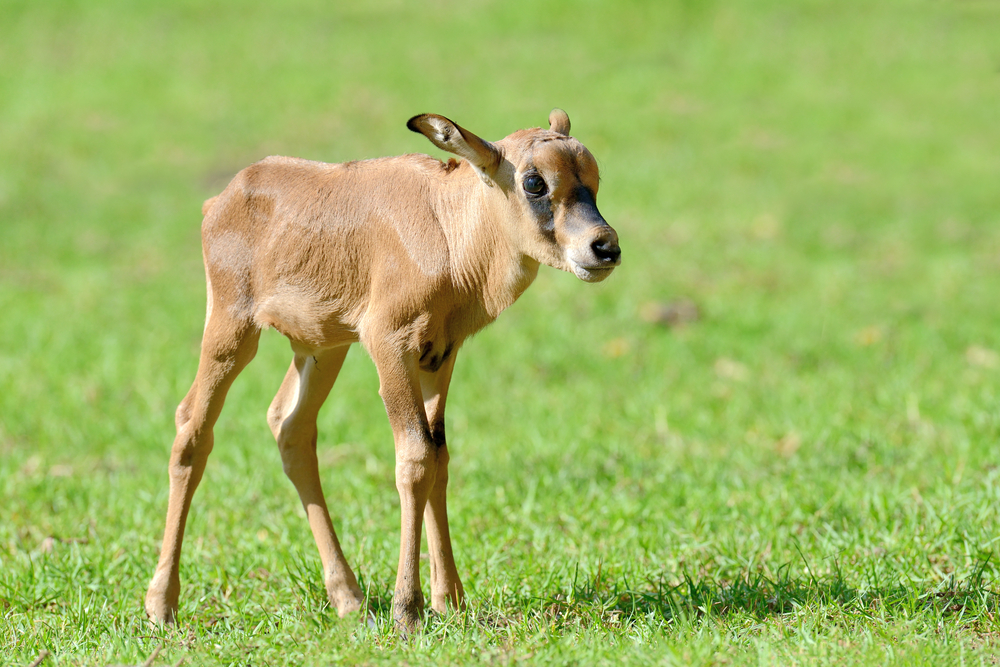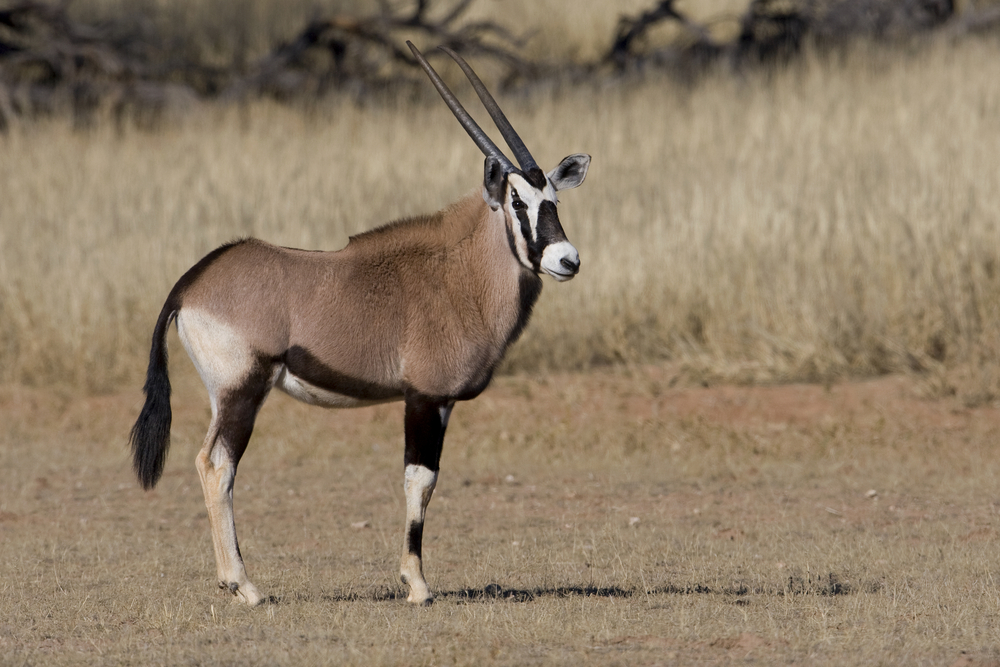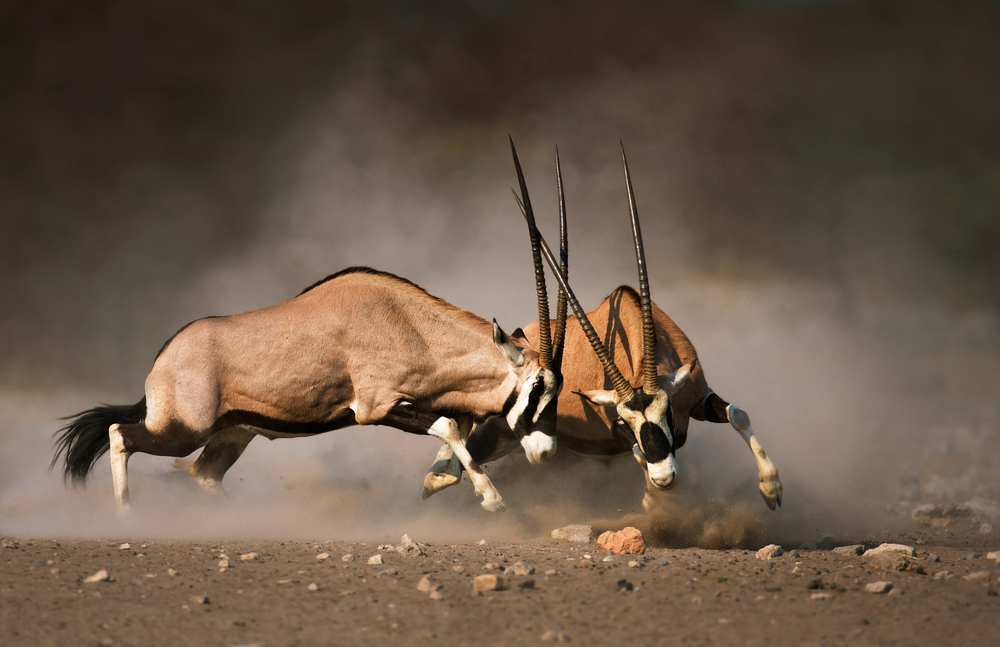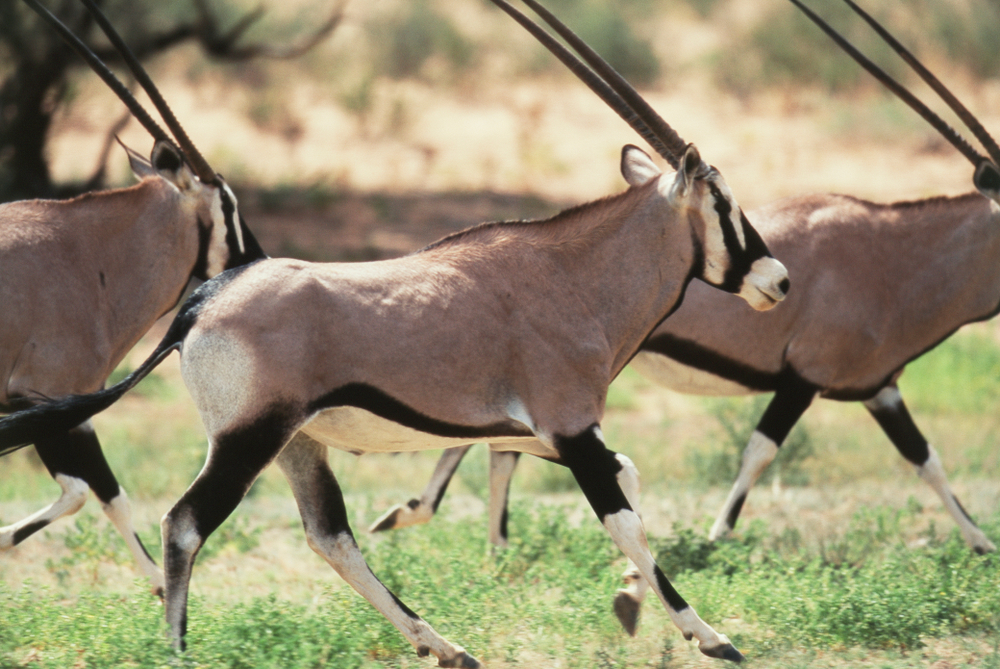Gemsboks and oryxes are often confused due to their similar appearance and close taxonomic relationship. In fact, the term “gemsbok” is often used interchangeably with “oryx” in certain contexts. However, there are differences between them, and it’s important to note that gemsboks belong to the genus Oryx, which encompasses several oryx species. Here are some key differences:
- Species Diversity:
- Gemsbok: Gemsbok is a common name for the southern oryx (Oryx gazella), which is native to southern Africa, particularly arid and desert regions.
- Oryx: Oryx is a broader term used for various species of antelopes belonging to the genus Oryx. These species include not only the southern oryx (gemsbok) but also the Arabian oryx (Oryx leucoryx), scimitar-horned oryx (Oryx dammah), and several others.
- Geographic Range:
- Gemsbok: Gemsboks are primarily found in southern Africa, particularly in countries such as Namibia, Botswana, South Africa, and parts of Angola and Zimbabwe.
- Oryx: Other oryx species have different geographic distributions. For example, the Arabian oryx is native to the Arabian Peninsula and parts of the Middle East, while the scimitar-horned oryx once inhabited North Africa but is currently extinct in the wild.
- Horn Characteristics:
- Gemsbok: Gemsboks have long, straight horns with a slight backward curve. Both males and females have horns, and they are often used for digging water holes in desert environments.
- Oryx: Different oryx species have variations in horn shape and length. For instance, the Arabian oryx has long, slender, and slightly curved horns, while the scimitar-horned oryx has long, curved horns with a scimitar-like shape, giving it its name.
- Coloration and Markings:
- Gemsbok: Gemsboks have a sandy-colored coat with a distinctive black and white facial mask that covers the eyes, cheeks, and nose.
- Oryx: Other oryx species may have variations in coat color and facial markings. Arabian oryx, for example, have a white coat and a contrasting black nose and eye patches.
- Conservation Status:
- Gemsbok: Gemsboks are relatively stable in the wild and are not considered endangered or threatened.
- Oryx: Some oryx species, such as the scimitar-horned oryx and Arabian oryx, have faced significant population declines and have been classified as critically endangered or extinct in the wild. Conservation efforts have been made to reintroduce them into their native habitats.
While gemsboks are a specific species of oryx, it’s important to recognize that the term “oryx” can refer to a group of antelopes with varying characteristics and distributions. Each oryx species has unique adaptations and ecological roles in its respective habitat.



































































